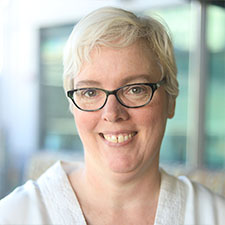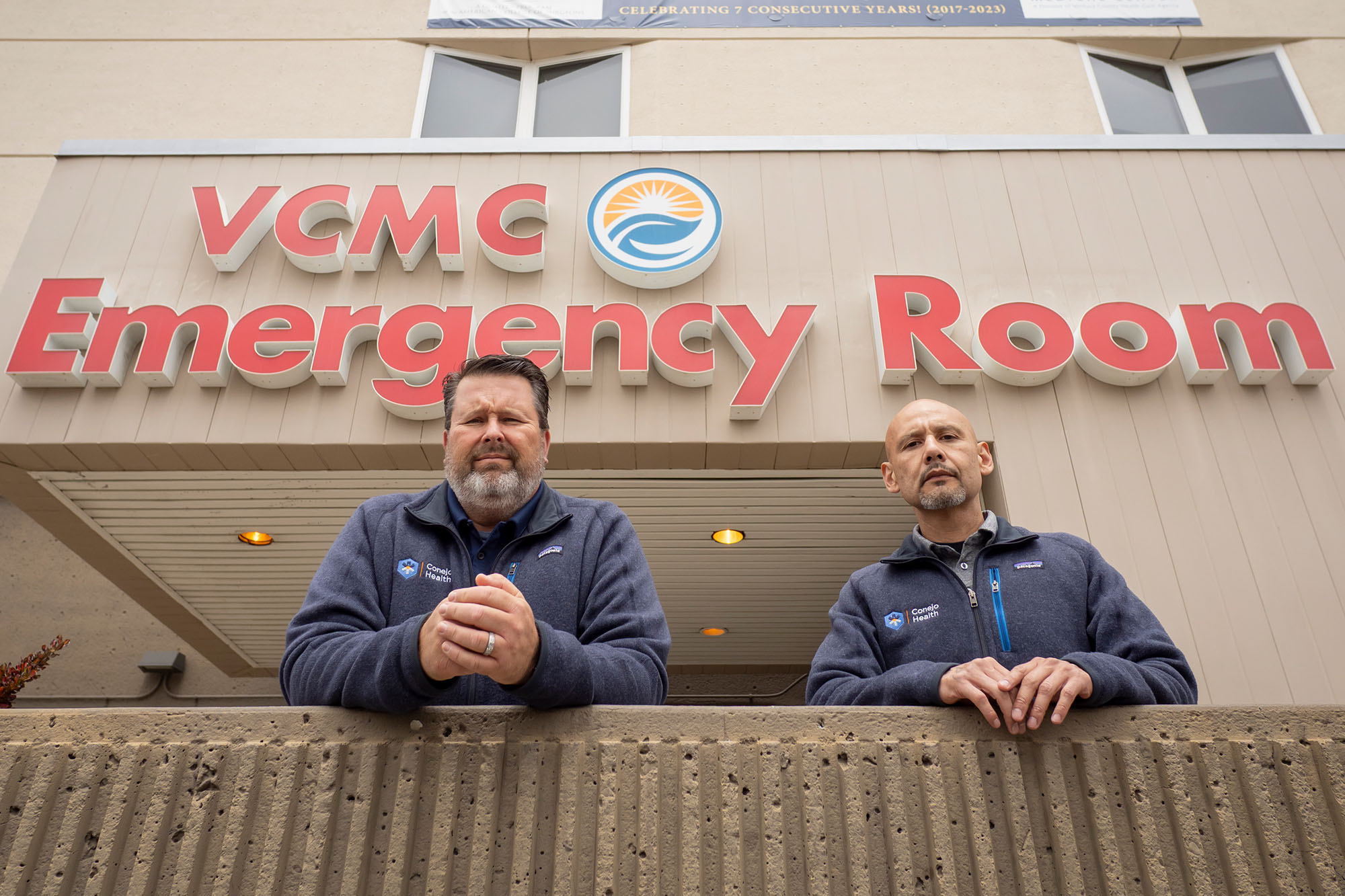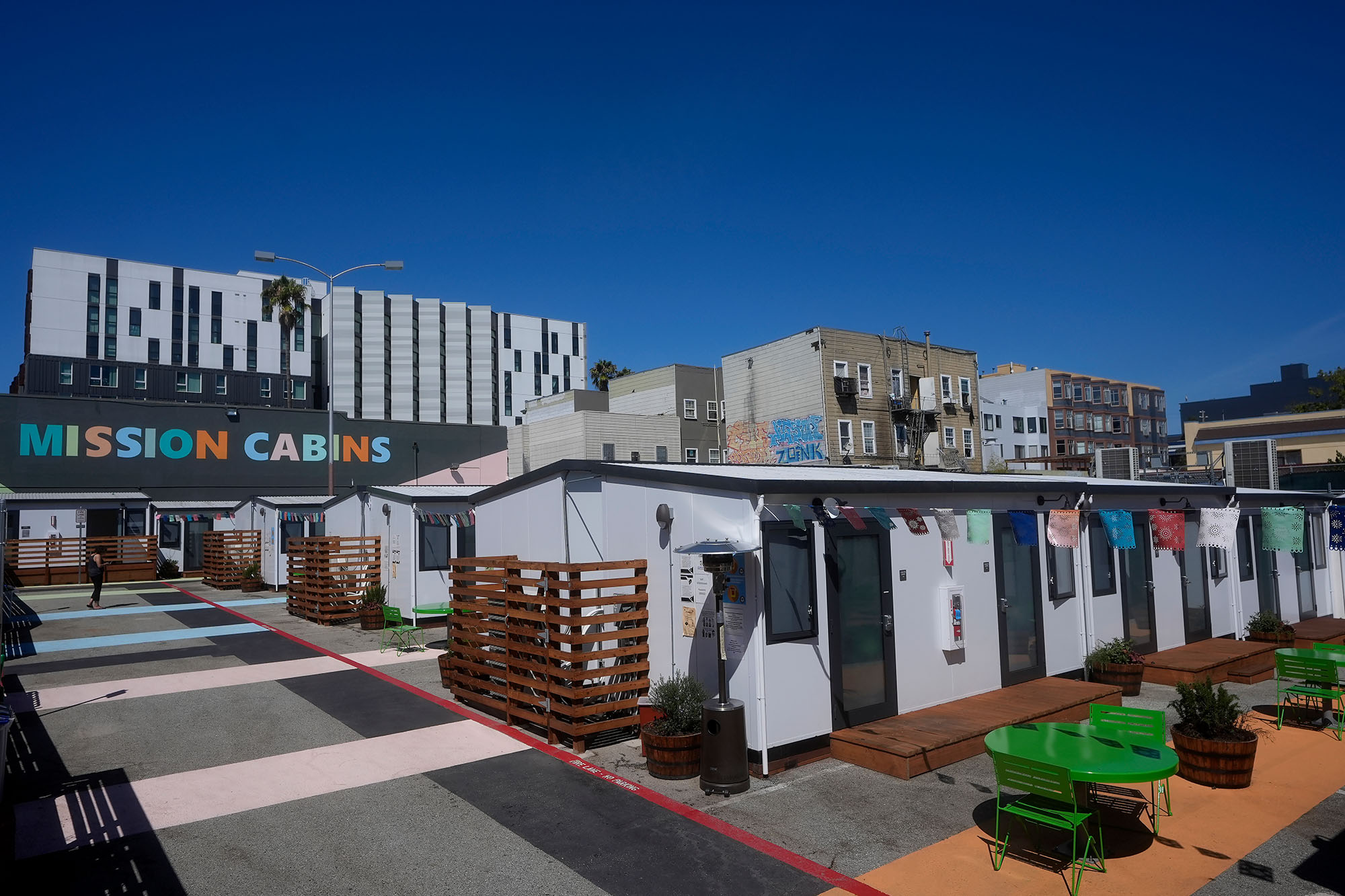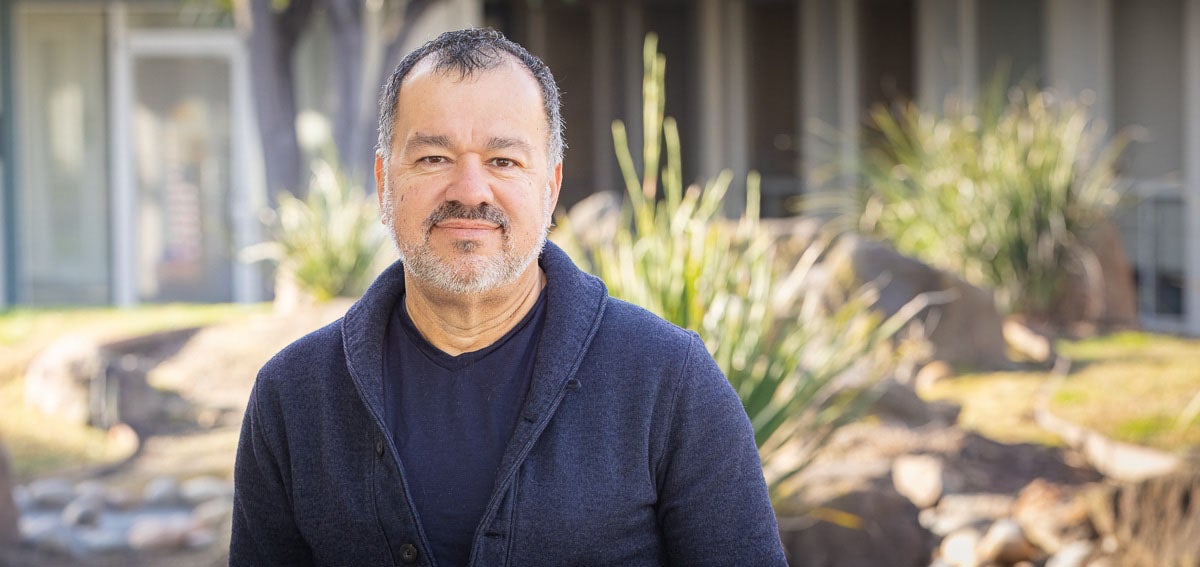|
Getting your Trinity Audio player ready…
|

Two years ago, Stanley T’s parents passed away. The 54-year-old retired electrician, who emigrated with them to the Bay Area from Vietnam over four decades ago, experienced profound grief from his loss. He couldn’t talk about it with his wife, who’d also passed away. And he hid how he was feeling from his two grown kids.
“I didn’t want to burden other people with my issues,” said Stanley, who asked that his last name be withheld to protect his privacy.
Around the same time, he went for a routine dental check-up at Asian Health Services in Oakland, California and filled out a patient intake form like he does every visit. This time, though, there was an additional list of questions inviting him to rate how he’d recently been feeling: How often does he feel little to no interest in doing things? Does he think about hurting himself? It surprised him to be asked these questions, but he answered anyway – and began an unexpected journey into therapy.
Dentistry and the medical profession have long been siloed. And let’s be honest: The dentist chair isn’t normally a place people want to be. Yet recently, dozens of community health centers around the country from California to Idaho to Virginia have begun incorporating depression screenings into their dental practices, recognizing the dentist’s office as an underused door into mental health treatment.
The most obvious connection people make between the mouth and mind “is the anxiety that patients have when it comes to dental care,” says Candace Owen, a dental hygienist who’s the education director for the National Network for Oral Health Access (NNOHA).
Dentists may also observe changes in oral health, she says – such as a failure to brush regularly and a drop in visits to the dentist – that can signal an issue like depression or anxiety. Likewise, poor oral health – such as missing teeth or painful abscesses – can undermine a patient’s confidence and peace of mind. Bad teeth can also limit people’s ability to get jobs, cause low self-esteem and lead people to isolate themselves and avoid social interactions or intimacy.
Community health centers are ideal sites for integrating oral care and mental health treatment because they already provide a variety of services, unlike a private dental practice. They’re also more accessible to, and needed by, low-income people, who tend to have poorer dental health than wealthier people because they can’t afford to go regularly to the dentist.
An Established Practice
Since 2015, Asian Health Services has integrated oral and behavioral health care under the leadership of Chief Dental Officer Huong Le, DDS. Based in Oakland’s Chinatown district, the Federally Qualified Health Center serves a majority Asian population, many of them older adults on Medi-Cal.
Le has been a dentist for almost 40 years, and has worked mainly in public health settings. She says some patients exhibit signs of depression but never jot them down on their health history form, largely due to the stigma around mental health in Asian culture.
“If somebody wants to tell family members they have a mental health issue, the first thing that will come out of the relative’s mouth is, ‘You don’t have it,’ she says. “It’s always a denial. They don’t look down on the relative, but they will tell them it’s just a phase and not to put too much energy or focus on it because it will go away.”

Despite the fear many people have of dentists, Le believes the dental chair provides a unique opportunity for patients to open up – and not just for a fluoride rinse. Dentists see patients more often, and the appointments last longer than a typical medical visit, making it easier to develop rapport. “A lot of times, while a patient’s waiting to get numb, you can ask them questions,” Le says. “Some will actually share a lot of stuff.”
And over the years, Le has heard a lot of stuff. There was the older woman in an abusive relationship, who came in one time with a black-and-blue face. The lonely and exhausted husband who cared for his wife with Parkinson’s. The first patient who made her want to incorporate mental health was a 16-year-old girl who bounced from one foster home to another, and confessed to Le that she was feeling suicidal.
It’s these stories that motivated Le to incorporate a standard digital depression screening tool, known in medical circles at the PHQ-9, into a patient intake form in English, Chinese, Vietnamese, Korean, and Spanish. Some patients, like Stanley, are surprised to see the questions. Most don’t mind. If the scores on a patient’s survey are high, they’ll get referred to a behavioral health team member, always with their consent.
Asian Health Services screens 300 to 400 patients per year, and on average, 7% will be referred to counseling, Le says. Nearly all will stick with it and stay on average three to six months.
In 2018, Le went one step further by hiring a licensed clinical social worker at the dental clinic itself, the first to do so in the country. The social worker still has other patients but dental patients are prioritized and seen same-day. (In California, Medi-Cal allows insurance to bill for a dental and behavioral visit on the same day, though not for a same-day medical and behavioral visit.) The initial meeting occurs in an office with a sign that reads “Consultation” instead of “Counseling” in an effort to avoid stigma. “Nobody needs to know what you’re in that room for.”
Since the pandemic, Asian Health Services has been following a hybrid model of in-person and telehealth counseling. Stanley ended up getting connected to a counselor who also spoke Vietnamese and over the course of one year, had regular 20-minute conversations over the phone. He keeps busy these days and enjoys strolling around the neighborhood and cooking himself noodles. He says he probably won’t seek therapy again, but it’s what he needed at the time. “There was somebody there to console me and help me move forward with life,” he adds.
Stanley’s counselor recently left because of an internal promotion, and Le is working on finding a replacement. (Patients can still see other counselors on the team.) All dental staff members are trained on how to talk to patients if they show signs of depression, using a script the behavioral health team provided.
Prompts include: “I noticed some issues on the survey you filled out earlier. Is there anything going on recently causing you stress?” or “Many people see counselors; it’s pretty common.”
If a patient scores low on the survey, but the team picks up hints of possible issues, they’ll ask the questions again. Sometimes a simple conversation changes everything, Le says.
Whole-Person Care
Le is now a faculty member for a learning collaborative connected to the National Network for Oral Health Access that is working to integrate behavioral and oral health. Led by Owen and Irene Hilton, a consultant and dentist in the San Francisco Department of Public Health, the collaborative has trained dozens of dental and behavioral health professionals on best practices over the past three years with the support of a federal grant.
It can be hard at first for dentist professionals to connect the reason their patient isn’t flossing to external stressors. “A lot of the dental team were really unaware of the behavioral health needs of their patients,” Owen says.
Le tells them why it’s useful for dentists to screen for any mental illness, substance use, trauma, or violence the patients may have experienced – and how those experiences can undermine oral health. Substance use challenges, for example, can make it harder for people to maintain healthy teeth and lead to gum disease and tooth decay. Eating disorders may erode tooth enamel and lead to tooth loss. Antidepressants and other mental health medications can have side effects such as dry mouth, which can lead to cavities. And past trauma may prevent someone from seeing a dentist at all, since dental treatment is inherently invasive – think hands in mouths, breathing in faces, loud sounds in ears.
Still, getting clinic leaders to agree to take on an additional task can be challenging, in part due to staffing shortages on overburdened behavioral health teams. In a recent survey from the National Council for Mental Wellbeing, 93% of behavioral health workers said they’ve experienced burnout. Many dental professionals also struggle with their own mental wellbeing.
The point of the collaborative is to talk about all this and more, since mental health hasn’t historically been taught at dental school. Over the course of six months, a cohort of 12-15 health center teams will meet four times for webinars on staff training, technology, workflows, and evaluation. The program also offers guest speakers and smaller group-coaching calls. The goal is for each clinic to develop a system that works best for them.
So far 29 out of the 40 health centers in the collaborative have rolled out depression screenings in the dental clinic. The team recently released a user guide to share lessons learned. The National Council for Mental Wellbeing has also developed a toolkit on ways to better integrate oral health, mental health, and substance abuse treatment.
The patients we’ve caught with elevated depression scores were completely appreciative. They wondered, “Why doesn’t my doctor do this?“
Lisa Camino, UC Irvine Health LCSW
Radha Wuppalapati, senior dentist at UC Irvine Health, a Federally Qualified Health Center that serves a majority Latino/x population in and around Santa Ana, California, began incorporating depression screenings last September. As the sole dentist, Wuppalapati has an intimate approach. She doesn’t take any notes when talking to her patients, and meets them at eye level rather than standing over their chair. This, she believes, builds trust.
During the pandemic, she noticed a lot of her patients were grinding and fracturing their teeth from stress. She joined the learning collaborative because she wanted to help address ongoing mental health stigma in the Latino/x community she serves.
One time, a mother in Wuppalapati’s chair was in the process of being evicted and struggling to find an apartment she could afford because of her large family. She told Wuppalapati she wanted to drive her car into a tree. With the patient’s consent, Wuppalapati had a behavioral health team member come over to the clinic. The counselor determined she was at high risk for suicide and arranged for her to go to the emergency department at UC Irvine.
That was the catalyst for Wuppalapati to start regular depression screenings. At the dental clinic, patients can either fill out a form or the dental team will ask two questions to start, continuing with a full screening based on how the patient answers. Wuppalati reviews the results.
What happens next depends on the patient’s score. When there’s nothing of concern, the team will give them a handout on community mental health resources. If there are signs of mild to moderate depression, Wuppalapati will contact a behavioral health team member, who will try to call or see the patient that day to make a later appointment. In case of suicidal thinking, they’ll see the patient immediately.
So far, 74 patients have been screened. Six of them indicated they were experiencing some kind of mental health struggle, and four of the six have shown signs of being suicidal.
“The patients we’ve caught with elevated depression scores were completely appreciative,” says Lisa Camino, licensed clinical social worker and supervisor at UCI Health. “They wondered, ‘Why doesn’t my doctor do this?’ ”
On average, patients stick with counseling for three to six months, although no-shows or cancellations happen fairly often. Another challenge is capacity – Wuppalapati is the only dentist. More dentists equals more screenings.
The practice of integrating oral and behavioral health is still emerging. For it to work, Wuppalapati says, we need to stop thinking about physical, dental and mental health in silos.
“Everything in the body is connected, right?” Wuppalapati says. “When we start viewing that as one system, then we can start to have these conversations.”
This article was produced by MindSite News.
Authors & Contributors

Celeste Hamilton Dennis
Celeste Hamilton Dennis is a solutions journalist who reports on efforts to address social issues. She is a summer reporter for MindSite News and a graduate student in UC Berkeley’s journalism program.






